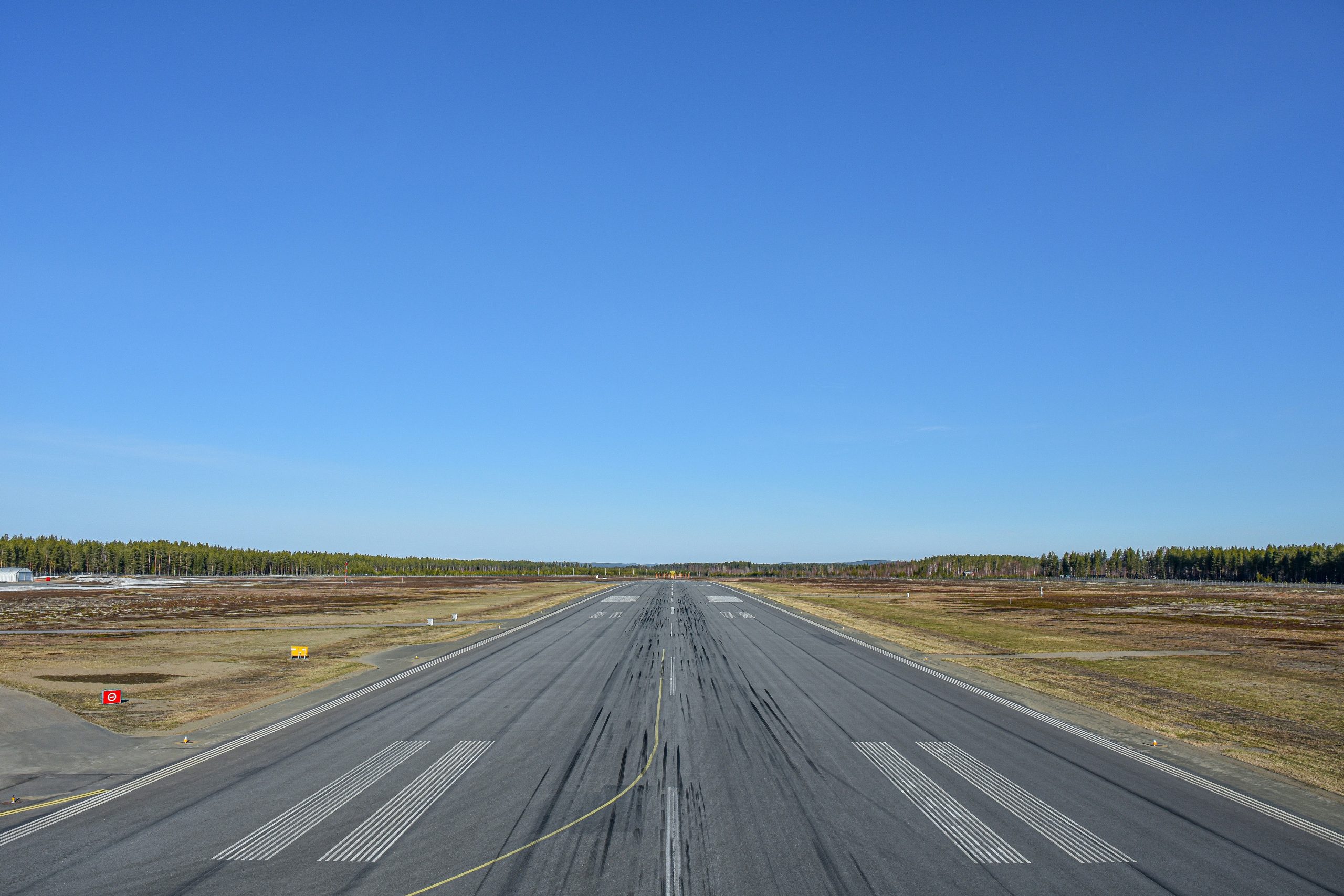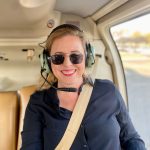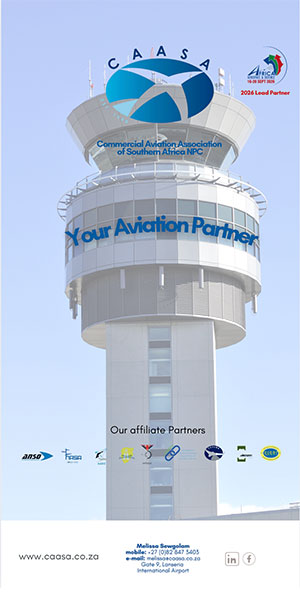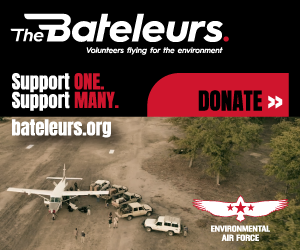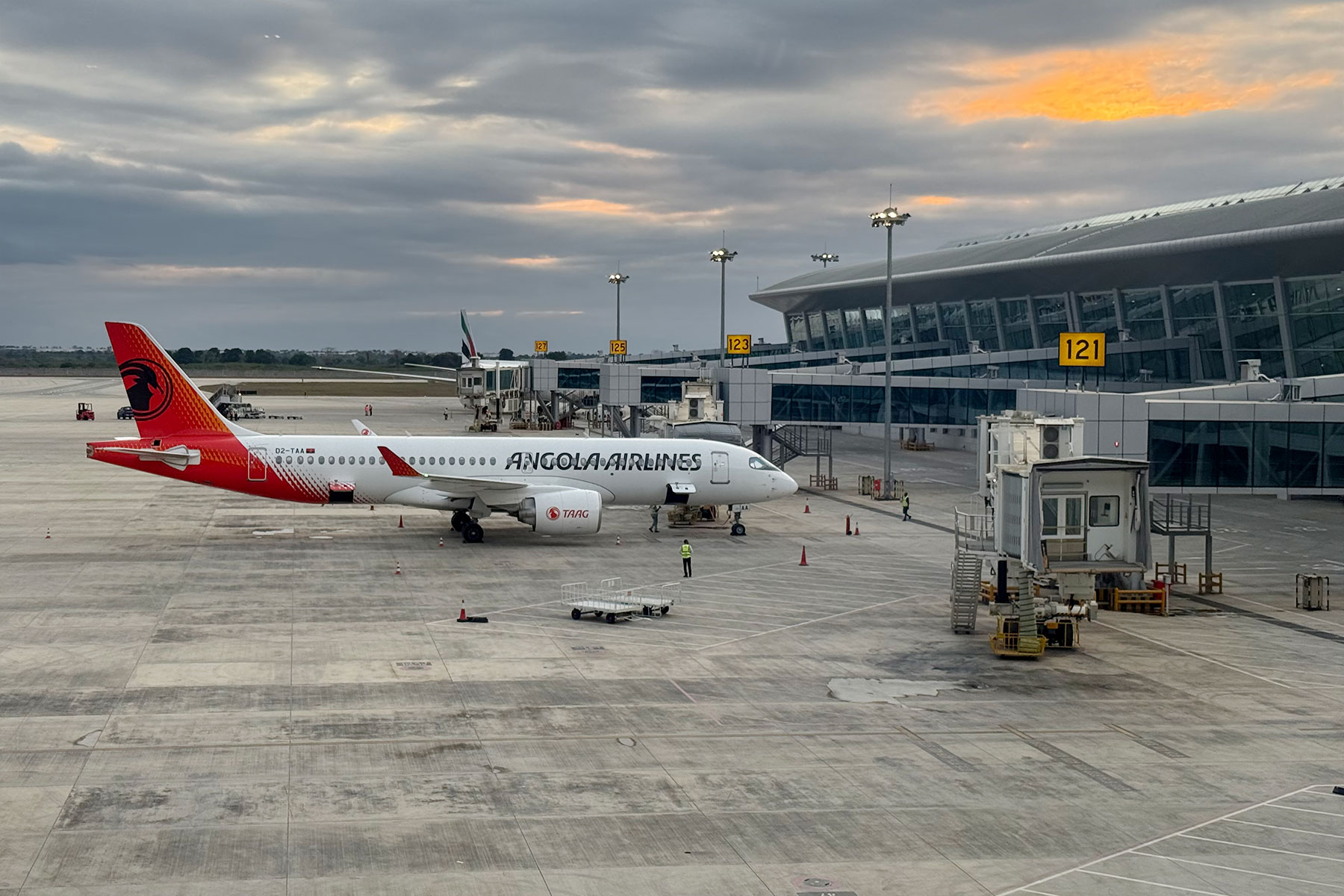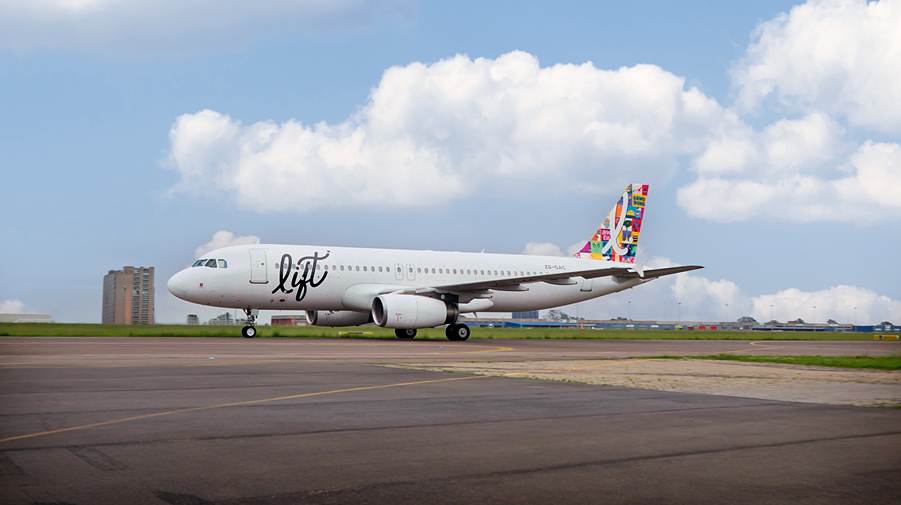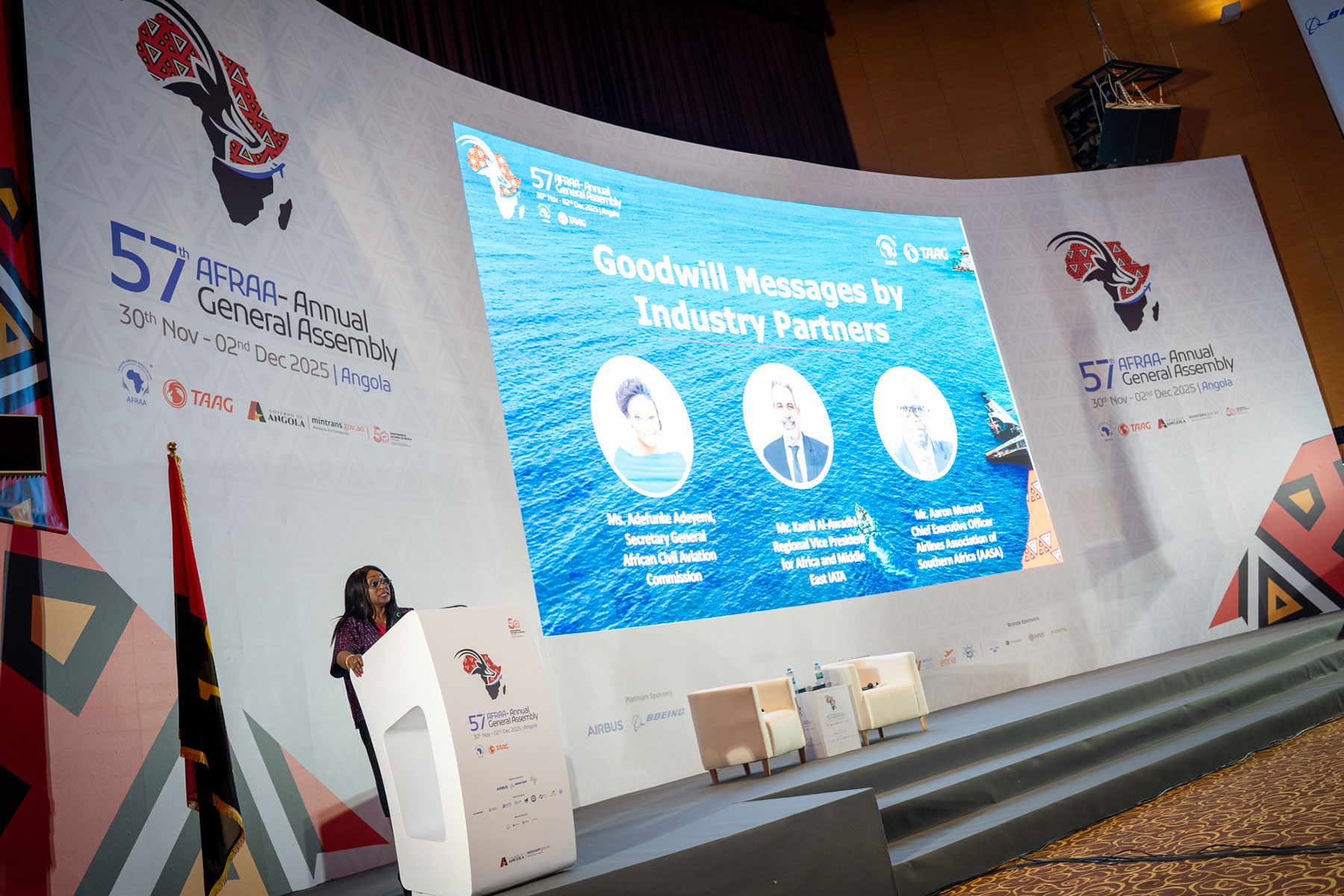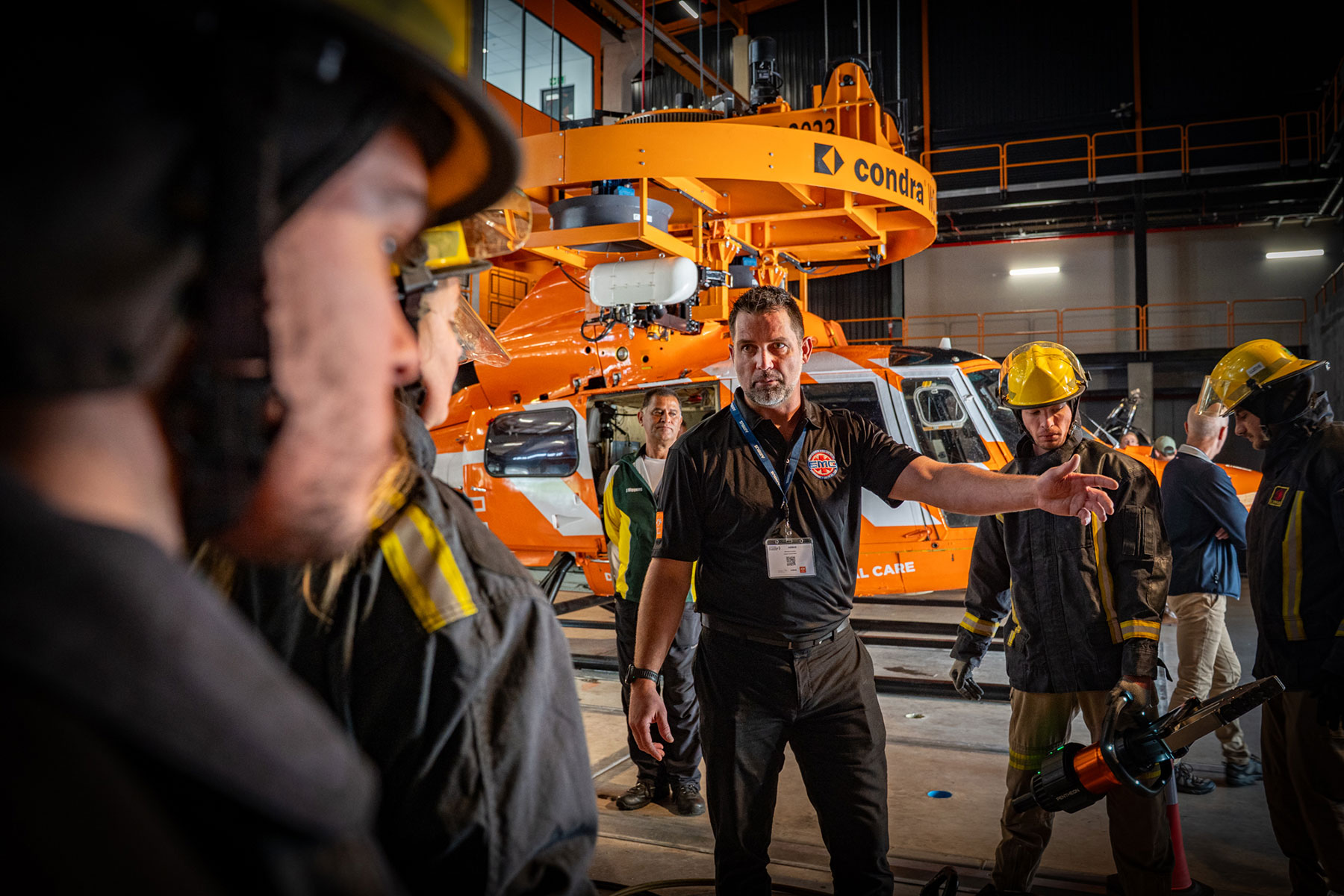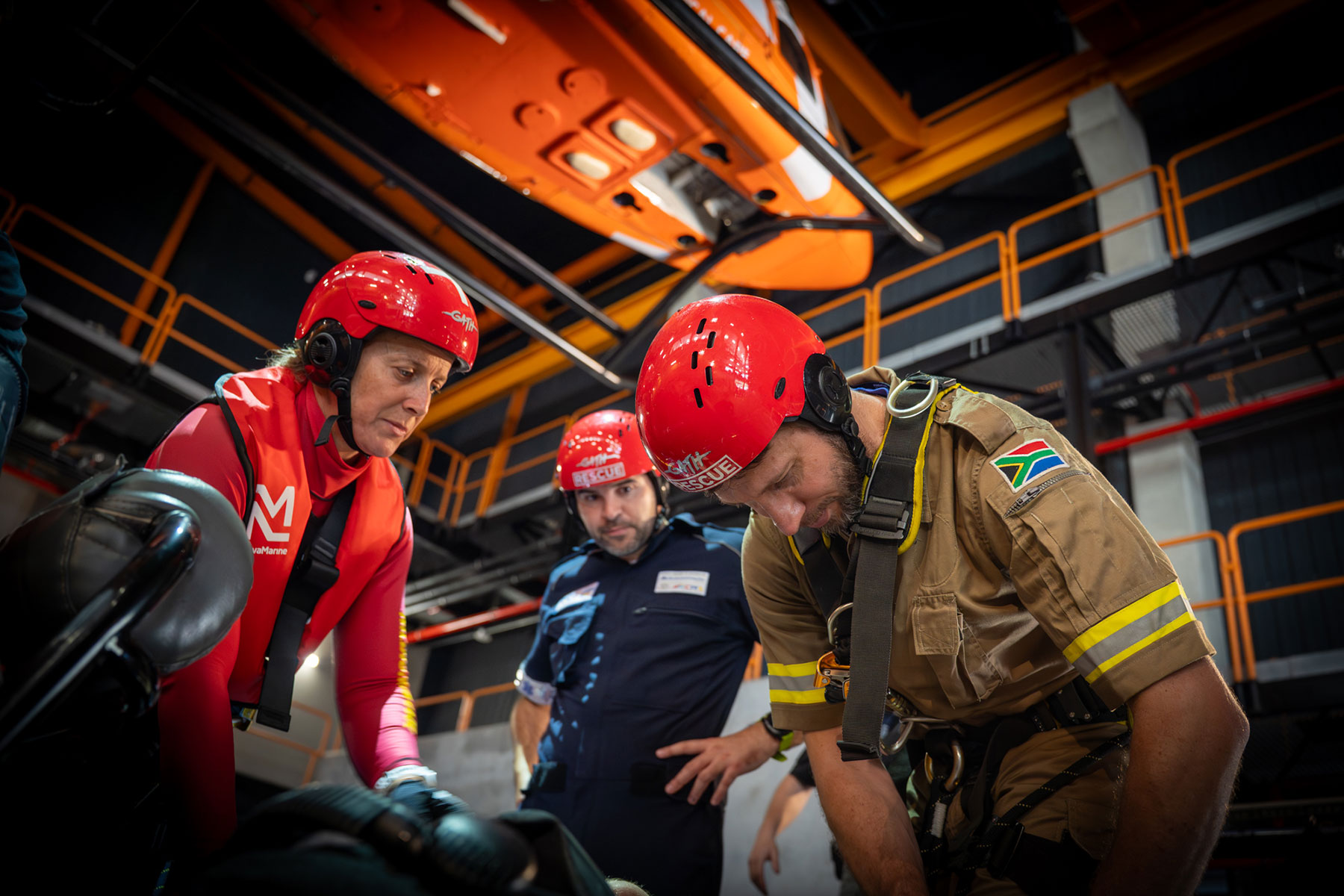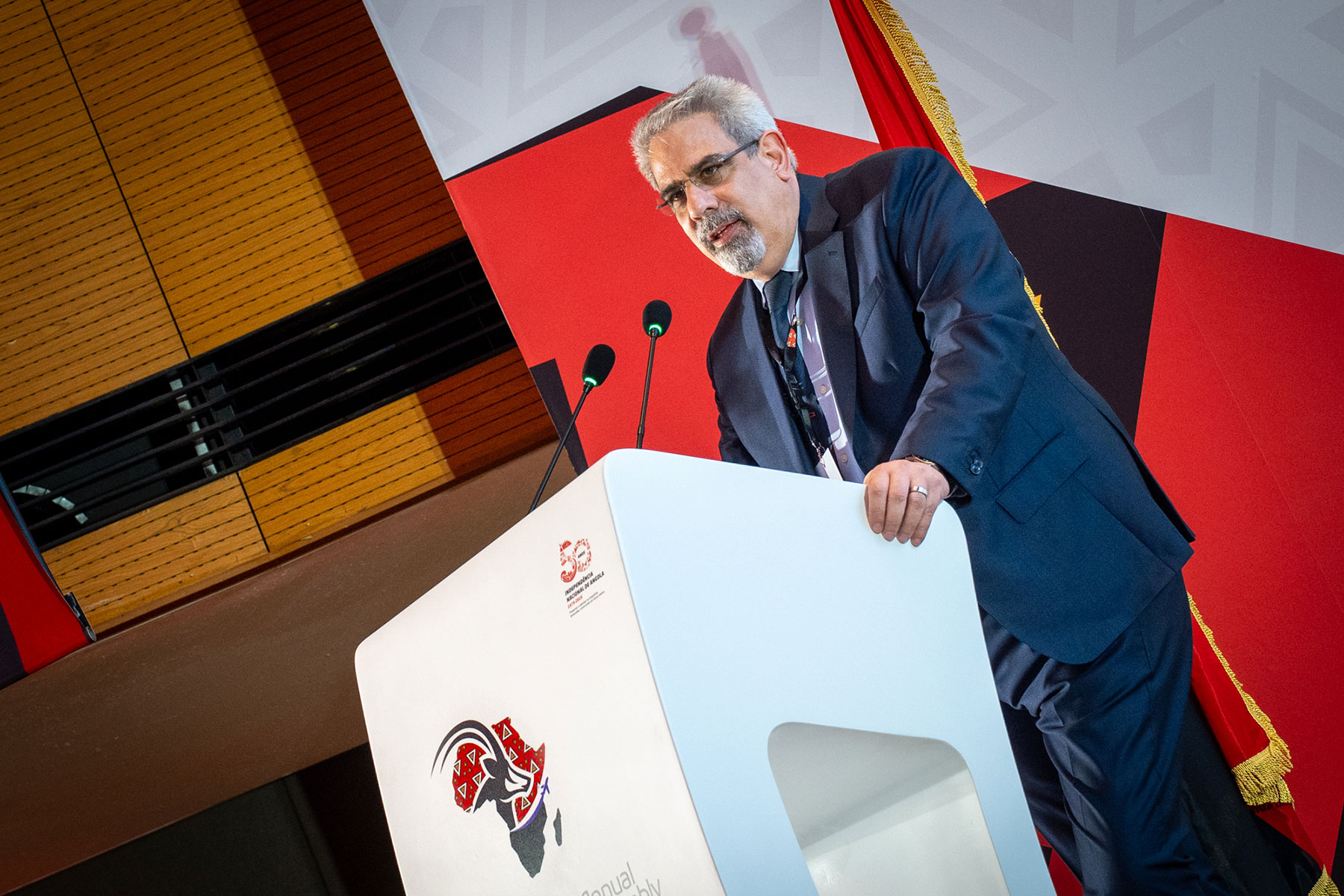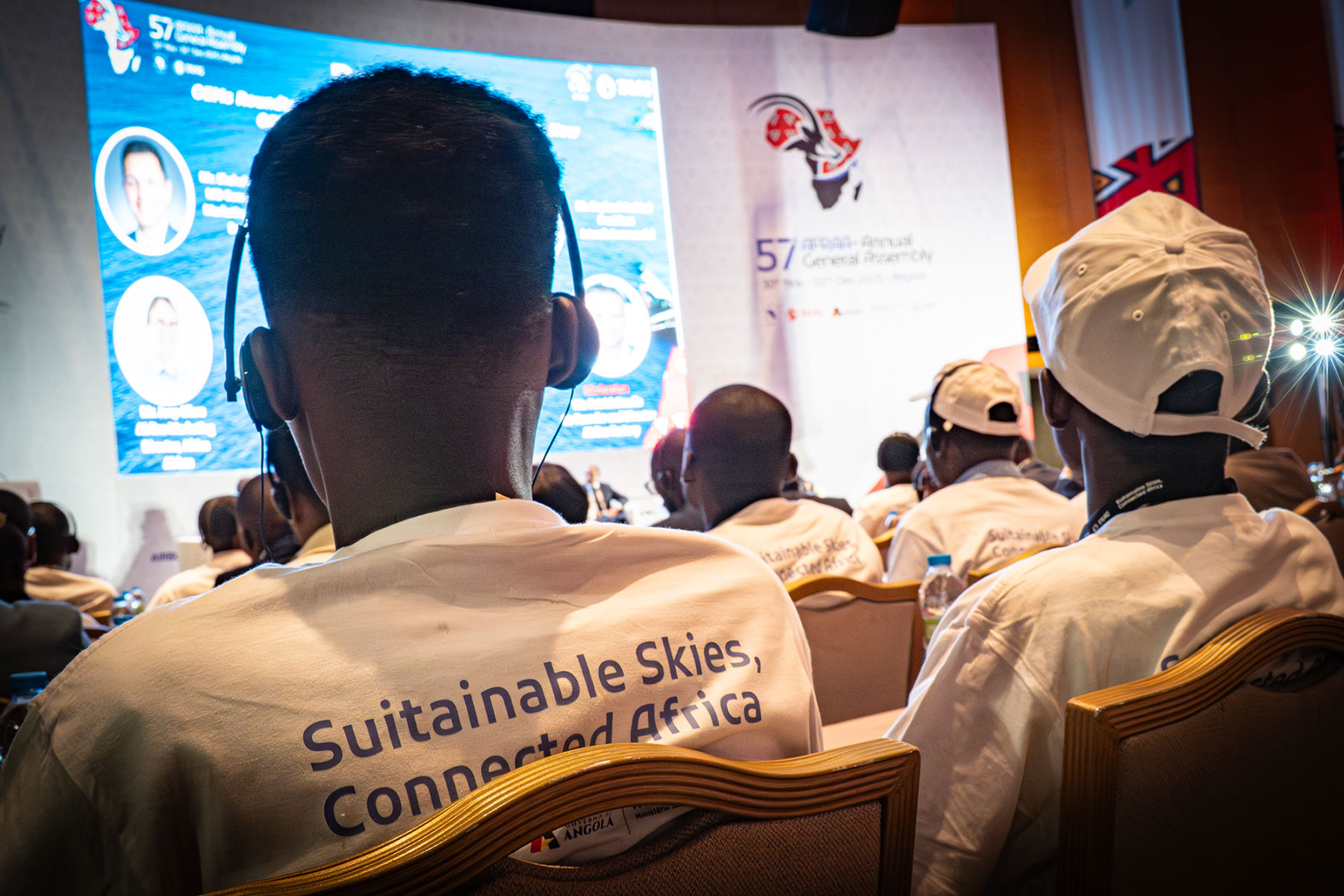Apart from the tragic incident that took place at the beginning of this year, runway overruns rarely dominate headlines. Unlike mid-air emergencies, they unfold quietly, often with no dramatic footage or international coverage. Yet, for African aviation, they remain one of the most persistent and costly threats to safety. From heavy rains in Lagos to dust storms in Khartoum or limited overrun zones in smaller regional airports, the margin for error on landing is often unforgiving.
Now, a renewed push for Runway Overrun Awareness and Alerting Systems (ROAAS) could change that. The International Federation of Air Line Pilots’ Associations (IFALPA) has released an updated position paper calling for the installation of ROAAS on all commercial transport aircraft, a move they argue could significantly cut down on runway excursions worldwide. For Africa, the benefits may be even more profound.
The Silent Threat Below the Wing
A runway overrun occurs when an aircraft is unable to stop before reaching the end of the available landing distance. Globally, these incidents account for a large percentage of runway accidents, often causing serious aircraft damage, costly repairs, and, in the worst cases, loss of life.
In Africa, the risk is compounded by infrastructure and environment. Many airports operate with shorter runways, minimal safety buffers, and less robust drainage systems. Add to that seasonal extremes, torrential rain, standing water, or hot-and-high performance challenges, and pilots are frequently operating with razor-thin stopping margins.
While major crashes seize public attention, overruns are a silent threat, too often dismissed as “minor” incidents. Yet their frequency and potential severity make them one of the continent’s most pressing aviation safety concerns.
How ROAAS Works
ROAAS is designed as a safety net, not a replacement for pilot skill or calculation. It operates in two phases:
- In the air: The system calculates whether the aircraft can stop safely on the intended runway based on its energy, configuration, and runway condition. If the available landing distance is too short, it issues a clear, unambiguous warning.
- On the ground: After touchdown, it monitors deceleration. If braking performance is insufficient to ensure a safe stop, it alerts the crew.
The warnings are standardised both visually and aurally, ensuring they cut through cockpit workload during a critical phase of flight. Pilots can inhibit nuisance alerts when necessary, but in most cases, ROAAS provides a last layer of defence when conditions don’t play out as planned.
Why Africa Needs It Now
The case for ROAAS in Africa is compelling. Many airports have little to no Runway End Safety Areas (RESA), meaning an overrun can quickly lead to aircraft damage or worse. In places where infrastructure upgrades are slow, equipping aircraft with smarter technology becomes a practical and immediate step toward mitigating risk.
Wet and contaminated runways during rainy seasons present a significant hazard, as does the lack of real-time runway condition reporting at many airports. ROAAS, by constantly recalculating required stopping distance, fills that gap — giving pilots timely, actionable information.
For airlines, the financial incentive is equally clear: overruns can ground aircraft for months, with knock-on effects for already stretched fleets. A single avoided overrun could justify the investment in the technology many times over.
Pilots, Technology, and Trust
IFALPA stresses that ROAAS is not a substitute for pilot judgment. Crews will still calculate landing performance and monitor braking as standard procedure. But the system provides an added safeguard, especially in high-stress or unpredictable conditions.
Like any new technology, trust will be built through training and integration. IFALPA recommends that ROAAS be included in both initial and recurrent training programs, ensuring pilots understand its strengths and its limitations.
What is In Store for the Future?
Africa’s aviation industry is at a crossroads. With the Single African Air Transport Market (SAATM) driving efforts toward greater regional integration, safety improvements are more urgent than ever. Runway overruns may be the quiet accidents that don’t grab global headlines, but they remain among the most preventable.
ROAAS won’t eliminate the problem entirely, infrastructure investment, pilot training, and runway maintenance remain critical. But as IFALPA’s call makes clear, the system represents a practical, effective tool to reduce one of aviation’s oldest and most stubborn risks.
For Africa, where the operating environment can push aircraft and crews to their limits, this safety net could make all the difference.
